Rock art
Rock art is one of the oldest vestiges of human thought. Prehistoric finds have been recorded mainly in Europe, Africa, and Australia. Its definition includes engravings or paintings on rock of various shapes and sizes made to communicate the ideas and thoughts of a group of people. Their existence shows the relationship of human beings with nature and its resources.
Its study is framed within the rupestrología, an area that implements scientific methodologies to learn more about the place, the period, the symbolism and the techniques with which the cave motifs originated. Among the techniques used to study these manifestations are planimetry with drones, aerial photographs, surveys, excavations, correlations with cultural layers, analysis of the techniques and tools applied, pigment research, radiocarbon dating, photogrammetric documentation, 3D modeling, scale drawings and development of iconographic atlases, among others.
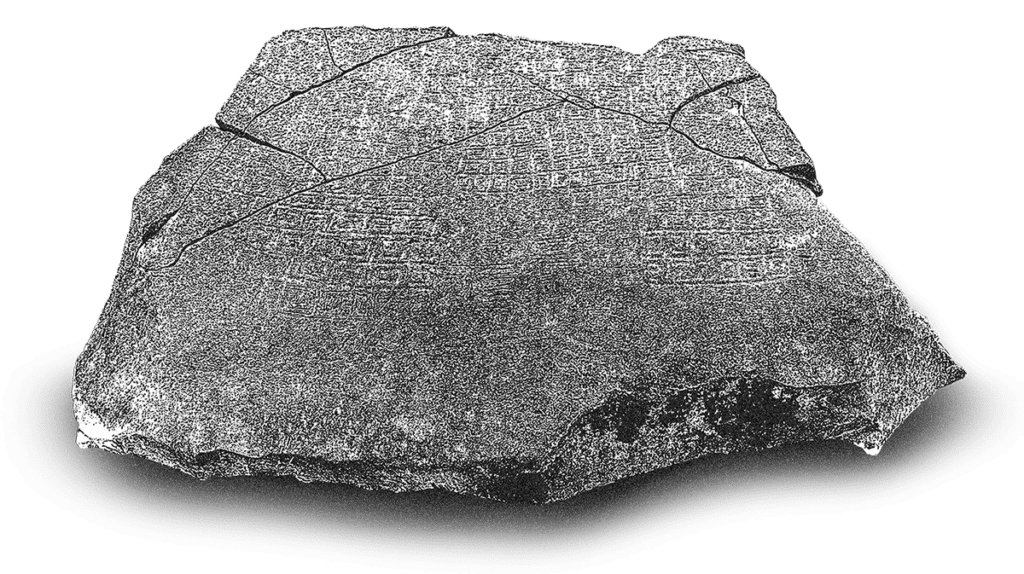
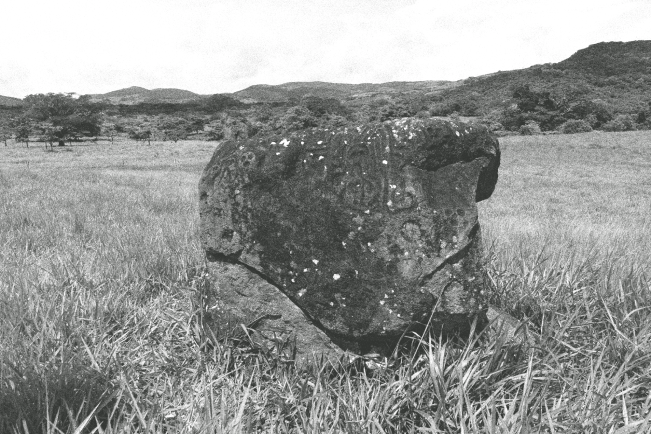
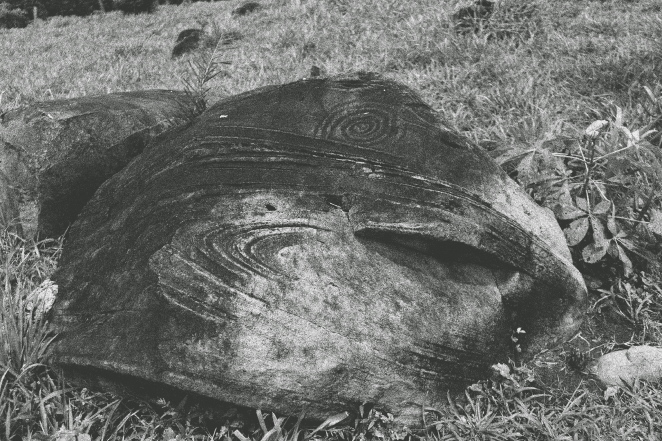
How did ancient peoples perform rock work?
The engraving involved the use of incision, pecking, scraping, smoothing, and polishing, while for the paintings, brushstrokes and impressions of red, black, and white colors were applied, mainly.
Ancient peoples found in their environment the raw materials necessary to make the tools and obtain the paintings with which they depicted representations of different natures.
In the Guanacaste mountain range, natural resources such as ochers (types of mud), charcoal, or other materials of mineral origin were used to obtain pigments. Engravings were made on volcanic deposits (basaltic andesites, tuffs, or ignimbrites).
Processing techniques
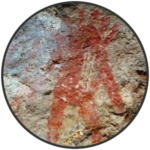
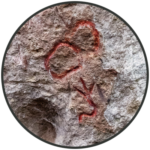
Técnica mixta
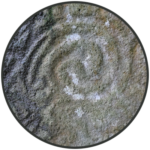
Raspado
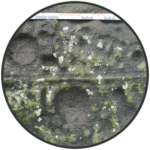
Pulido
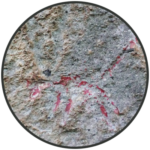
Pincelado
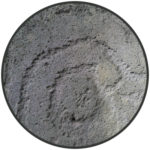
Picoteado
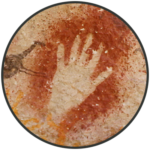
Negativo
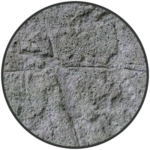
Incisión
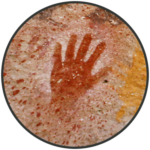
Impresión
What could be the meaning given to sites with rock art?
The place and the rock where a rock drawing was engraved allowed their worldview to last for long periods of time. Sometimes the engravings were made on large stones, walls, or canyons.
The locations in which the engravings are arranged were special for the people who selected them; they were valued for being related to striking environmental spaces (such as waterfalls, canyons, and volcanoes) or for being places of cultural encounters.
The use of these sites is varied; they were used for ceremonies, pilgrimages, or cultural events. Many of the engraved rocks played an important role in performing rituals, providing directions, or warning of the proximity of important population centers.






